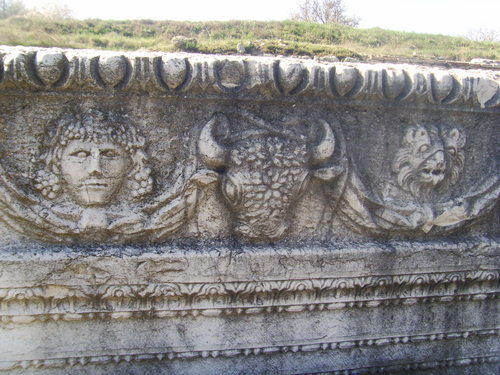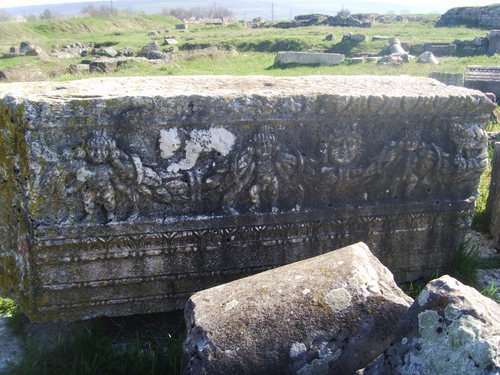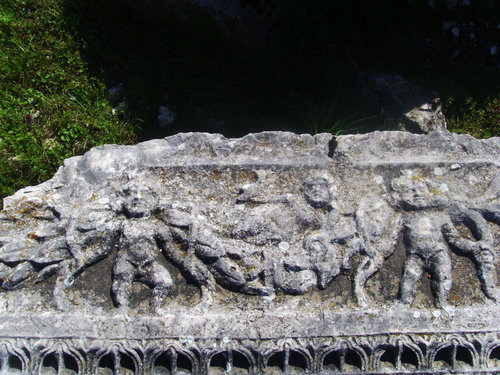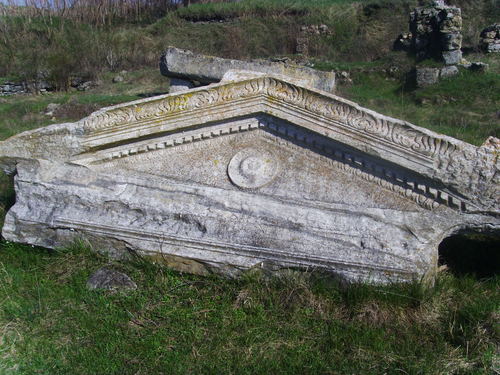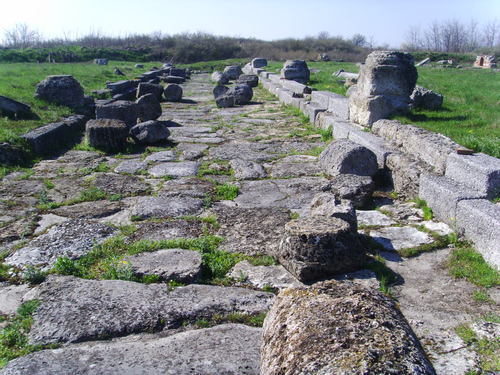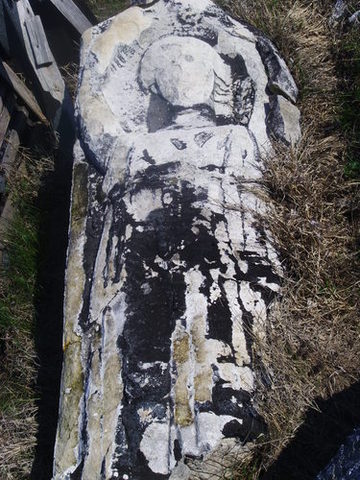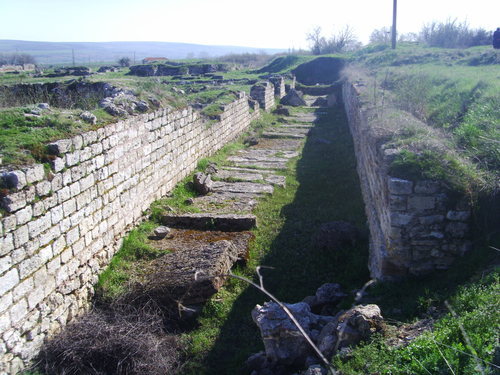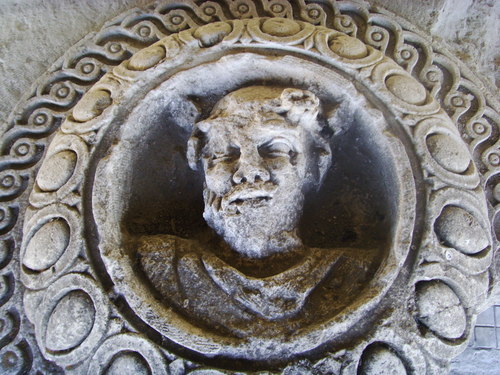Antique town Ulpia Oeskus - village of Gigen
Location
Ulpia Oescus was an ancient town in Moesia, northwest of the modern Bulgarian city of Pleven, near the village of Gigen. It is a Daco-Moesian toponym. Ptolemy calls it a Triballian town, but it later became Roman. It was linked by a bridge over Danube with ancient city Sucidava (modern day Corabia - Romania) by Constantin the Great.
History
Oeskus thrives economically and culturally during II - III century when the Antoninians and the Severains run the territory. The town achieves another progress during the governing of Konstantin The Great, when a stone bridge was built between Oeskus and Sukidava. Oeskus became a victim of the Huns during the first half of the middle of V century. During the governing of Yustinian The Great the fortress walls had been reconstructed. The town had been destroyed by the Avars at the end of VI century when a lot of towns, military camps and settlement had been stricken. After a few centuries a new settlement had been constructed and survived until XIV century. The first time when the ruins of village of Gigen had been connected with town of Oeskus was at the end of XVII century by the Italian military engineer earl Luidji Marsili.
The history of the archaeological excavations and researches is very short. The first archaeological excavations had been made by the Checzh Dobruski /the director of the National archaeological museum in Sofia city/ in 1904 - 1905. Because of the great significance of town of Oeskus for the history and culture of the Bulgarian lands, the excavations had beeb continued in the year of 1947 by the guidance of prof. Teofil Ivanov.
In a result of the excavations have been obtained valuable data for the locations, shape, size, development, fortifying system, street net, public and school buildings, economical life, culture, religion and the burial traditions of the local inhabitance. The official language is Latin. The excavations are located in the first town, Oeskus I, which had irregular fivecornered shape with square surface of 180 decars and Oeskus II - with square surface about 100 decars. The whole square surface of the fortress walls is about 280 decars.
Text: http://www.plevenmuseum.dir.bg
Photos: http://www.panoramio.com











